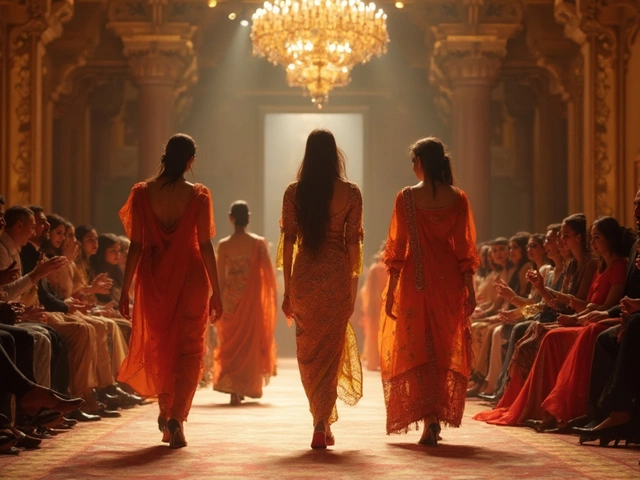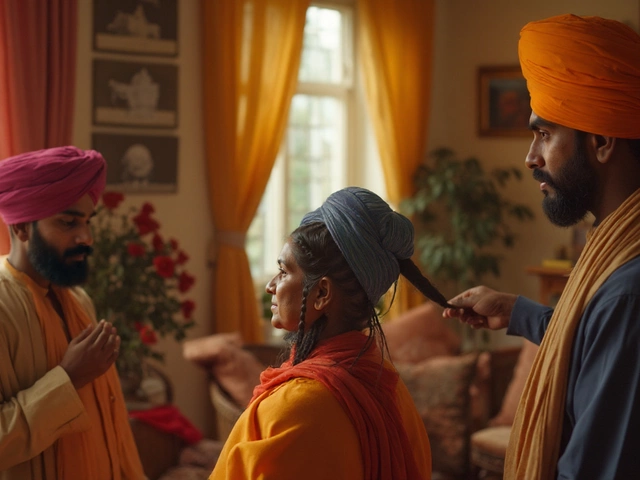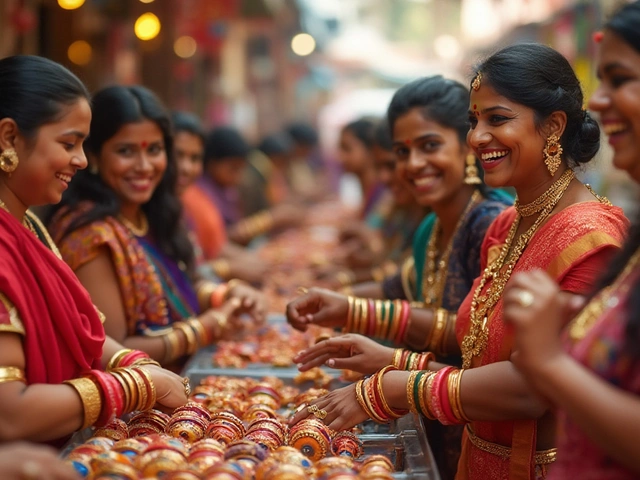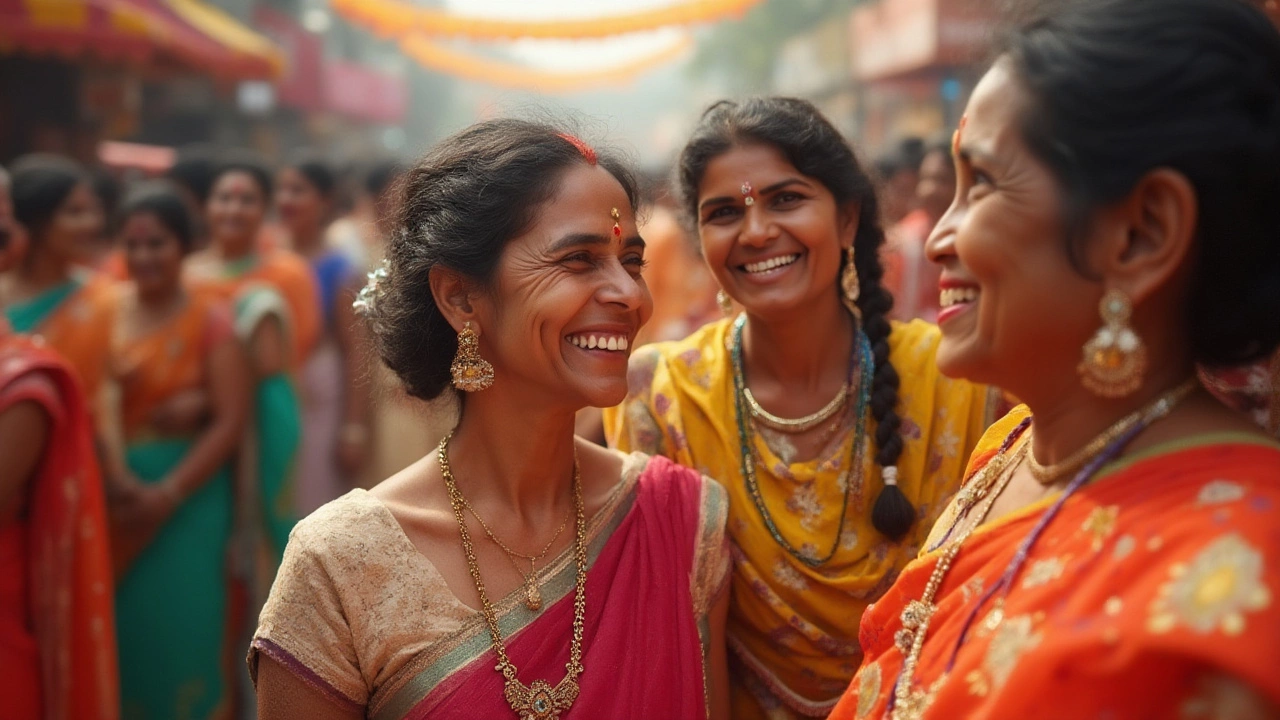
Picture a bustling Indian street during a major festival—colors flying, aromas wafting, music echoing, and among the crowds, you spot bright red dots on many foreheads. The red dot, known as the bindi, sparks curiosity everywhere from New York to New Delhi. For generations, people have puzzled over it: Is it religious? Is it fashion? Does it matter if you’re married or single, old or young?
The Origins and History of the Bindi
The bindi isn’t a modern invention, and its story goes way back—older than most countries. Ancient texts and sculptures from around 3,000 BCE show people with painted dots or ornaments on their foreheads. The Sanskrit word ‘bindi’ means ‘drop’ or ‘point.’ Early bindis were made with natural, homemade dyes using turmeric and vermilion (called 'kumkum'). Artifacts from the Indus Valley Civilization (that’s almost 5,000 years ago) depict women with decorative marks between their eyebrows, so this tradition is anything but new.
For centuries, the bindi signaled more than just style points. In Hindu culture, the forehead—the spot between your eyebrows—is called the ajna chakra. Think of it as the sixth energy center, the so-called “third eye,” believed to grant wisdom and focus. Priests, yogis, and even royalty have marked this spot for all sorts of reasons: meditation, spiritual protection, luck, or just to show they’re married. In history books, you’ll find kings and queens wearing bindis during rituals, while travelers like Marco Polo described seeing forehead marks as a common sight during his visits to India.
The ingredients have evolved, too. My wife, Maya, talks about how her grandmother mixed sandalwood, ashes, or gold leaf into bindis for special occasions. Today, powder has been replaced by sticker bindis that come in sparkly stones, dots, and pretty much every color in the rainbow.
It’s not just a Hindu thing. In South India, some Christians and Muslims also wear a bindi-like mark at festivals or family events. And surprisingly, this isn’t unique to India—traditions of marking the ancient “third eye” area can be found in Thailand, Nepal, Sri Lanka, and Bali. Bindi’s historic popularity went so far that in the late ‘90s, Madonna and Gwen Stefani rocked them in music videos, sparking a global trend (and, on the flipside, debates about cultural appropriation).
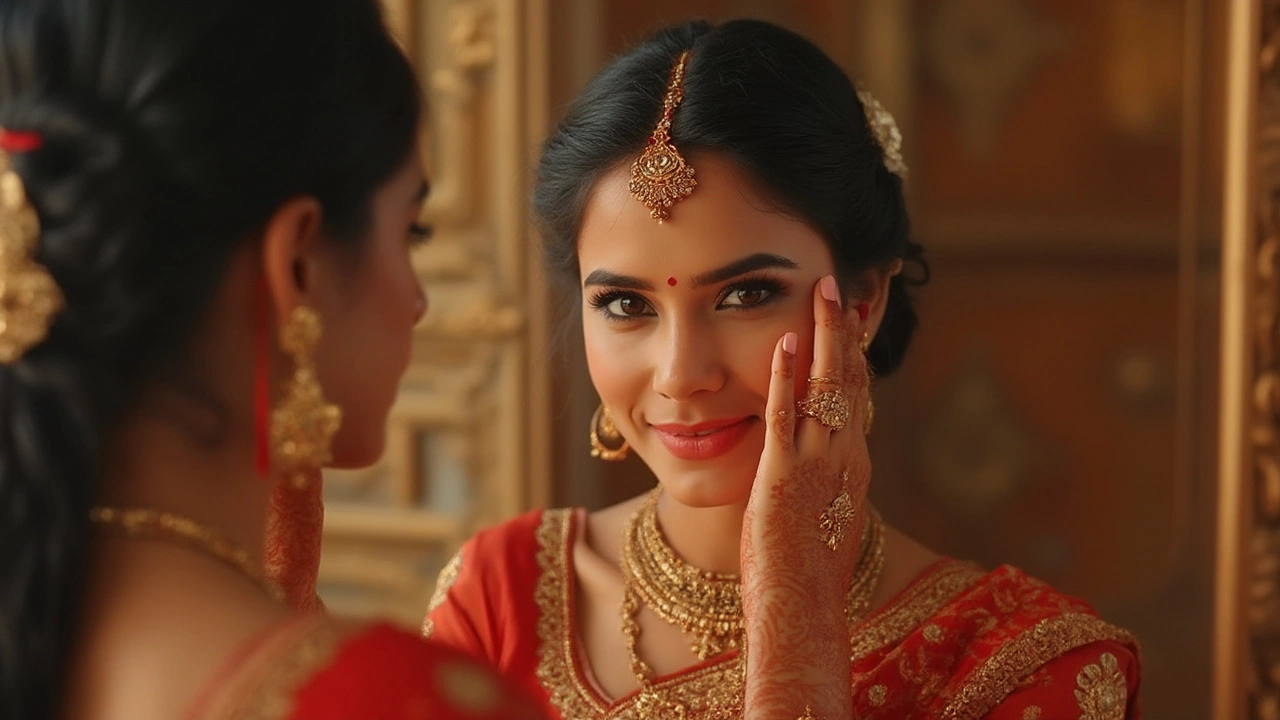
Significance, Colors, and Social Meaning
If you think the bindi is just about looks, you’re missing the whole picture. The classic red bindi is rooted in Hindu religious beliefs: red stands for honor, love, and prosperity. Married Hindu women have traditionally worn a red bindi to announce their marital status—sort of like how a wedding ring works in the West. But here’s a twist: in different regions, widows might switch to a black bindi, or drop it entirely as a sign of mourning.
The world of bindis gets complicated fast. In some communities, different colors mean different things. Red might be reserved for married women, while unmarried girls and kids often wear black, blue, yellow, or decorative sticker bindis. For instance, my son Felix once came home from school with a green sticker bindi he got during a friend’s Indian-themed birthday party. For him—and for a lot of modern kids—it was just something fun to try on. But for older generations, the color and placement really meant something.
Why the forehead? In Hinduism, the spot between the eyes is where energy, wisdom, and concentration all come together. Some meditative practices say that focusing on this area can help clear your mind or deepen spiritual insight. As for why red is so popular: in India, red means prosperity, strength, and marital joy. During weddings, you’ll see brides with elaborate red bindis—not just one, but sometimes dozens forming intricate patterns. And by the way, some data from a 2019 cultural survey showed that over 65% of urban Hindu women wear bindis at least a few times a month, mostly for religious festivals, social events, or as style statements.
For men, too, the mark has special meaning. At temples, priests often apply a mark called 'tilak'—a line, dot, or symbol—to male visitors on their foreheads. During major Hindu holidays, people of all ages, men included, put on these marks, usually with rice grains, sandalwood, or even gold powder mixed with vermilion. It’s not just symbolism—the touch of cool paste on a hot day is kind of refreshing, if you ask me.
Here’s something handy: if you’re traveling in India and wondering what color to choose for a bindi, don’t overthink it. Nobody will mind if a tourist picks a decorative sticker bindi, no matter your gender or marital status. The only time you might get side-eye is if you crash a temple ceremony in elaborate bridal reds.
| Color | Common Meaning | Traditional Wearer |
|---|---|---|
| Red | Marriage, prosperity, strength | Married women |
| Black | Mourning, ward off evil | Young girls, widows, children |
| Yellow | Learning, meditation | Sages, students |
| White | Purity, mourning | Jain & Brahmin women |
| Decorative (any) | Style, celebration | Anyone |
Notice that these meanings have some overlap and can vary by region, so in a big Indian city, you’ll find every color and size out there. For weddings or religious festivals, bold reds and golds rule. On a normal day, people keep it small and subtle, maybe skipping it entirely.

Bindi in Modern India and Around the World
It’s not just about tradition anymore. Step out into any Indian city today—Mumbai, Delhi, Hyderabad—and you’ll see bindis in all shapes and styles. Yes, plenty of women still pick the classic vermilion dot, but the options are endless: stick-on bindis with rhinestones, neon dots for kids, big daisy-shaped bindis for festivals, and tiny, barely-there versions for the office. At a music concert a few years ago, even my friend who never usually wears bindis tried a cobalt blue one with glitter. She said it matched her sari and kept her mom happy at the same time.
Suits in offices, jeans on college campuses, shorts at the beach—bindis can work with any outfit. Some women say the bindi helps them feel closer to their roots, while for others, it’s just personal expression. India’s biggest pop stars and Bollywood icons are always playing with bindi styles in their Instagram stories and movies. There are even Instagram influencers whose whole account theme is bindi styling. Think of it as a pocket-sized piece of culture you can switch up daily.
There’s another side to the story, though. Over the past decade, as the world gets smaller and social media brings cultures together (and sometimes bashes them together), there have been debates about who “should” wear a bindi. Back in 2013, singer Selena Gomez wore a red bindi at the MTV Movie Awards, stirring up discussions about cultural appropriation. Is it offensive for non-Indians to wear one? Here’s what Indian social media has often said: if you wear a bindi respectfully and understand it’s more than a sticker, most people aren’t bothered. Many actually love seeing their culture appreciated worldwide. What can be annoying is treating something so meaningful like a disposable festival prop, especially if used without knowing the history.
If you ever get invited to a traditional Indian event—say, a wedding or a festival like Diwali—it’s totally fine to ask your host about the best way to wear a bindi or tilak. Most folks will be happy you’re interested and will practically drag you to the nearest bindi stall or even help you pick the right color and shape. It’s like trying your hand at a tiny, meaningful ritual that’s been around for thousands of years.
One surprisingly practical tip: if you ever need to buy a bindi, look for packets at an Indian grocery or beauty shop. They usually come as sheets of stick-on bindis and cost about as much as a cup of coffee. Try a few at home, maybe mix and match for different looks, and don’t stress too much—the *bindi* is about intention, not strict rules. My son, Felix, once stuck on four in a row like superhero dots and went parading around the living room—nobody minded, and Maya actually took photos for the family group chat.
Next time you see someone with a red dot on their forehead, you’ll know it’s not just a piece of jewelry, not just a style statement—it’s a piece of history, something passed down through countless generations, shapeshifted for every new twist of culture and fashion. And if you feel like trying one for yourself, remember: it’s not about where you’re from, but about how you wear it—with a nod to tradition, and just a little bit of flair.
